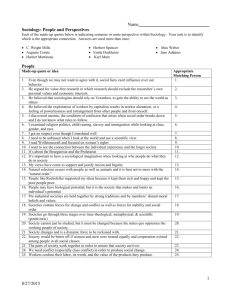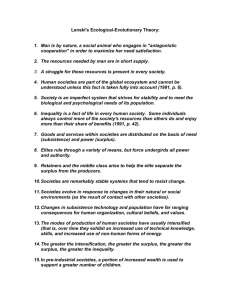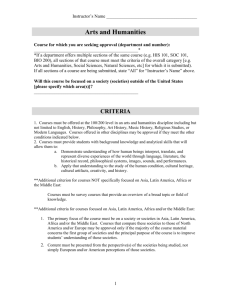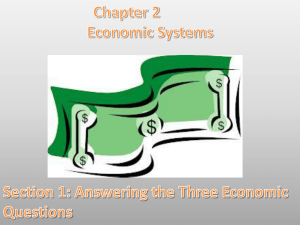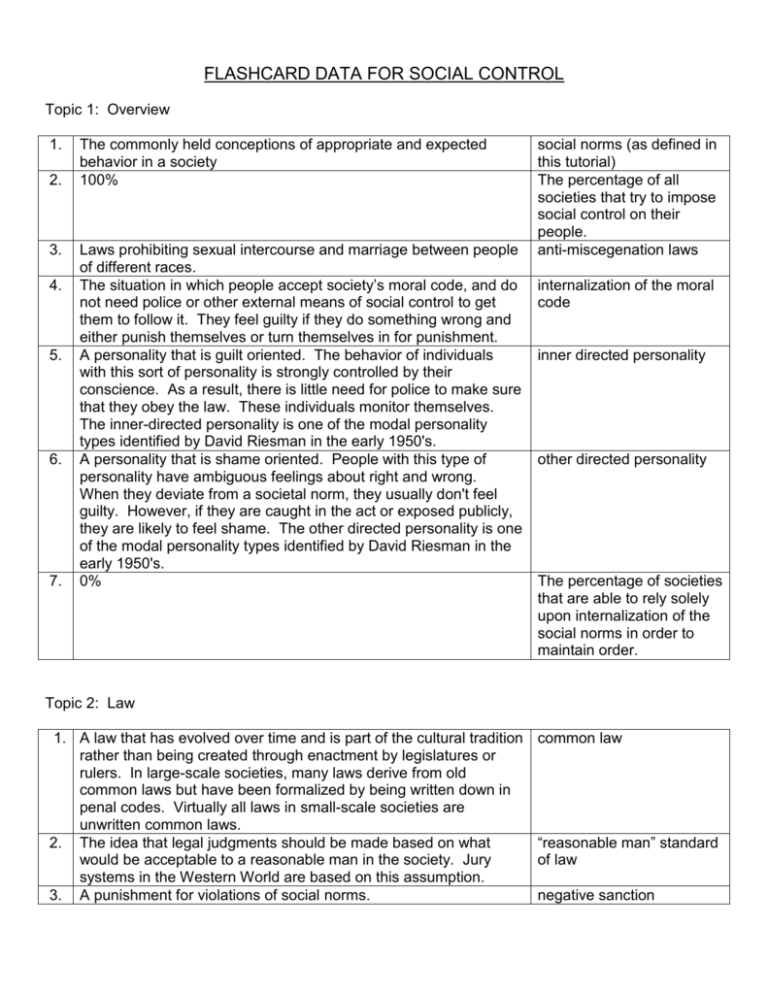
FLASHCARD DATA FOR SOCIAL CONTROL
Topic 1: Overview
1.
2.
3.
4.
5.
6.
7.
The commonly held conceptions of appropriate and expected
behavior in a society
100%
Laws prohibiting sexual intercourse and marriage between people
of different races.
The situation in which people accept society’s moral code, and do
not need police or other external means of social control to get
them to follow it. They feel guilty if they do something wrong and
either punish themselves or turn themselves in for punishment.
A personality that is guilt oriented. The behavior of individuals
with this sort of personality is strongly controlled by their
conscience. As a result, there is little need for police to make sure
that they obey the law. These individuals monitor themselves.
The inner-directed personality is one of the modal personality
types identified by David Riesman in the early 1950's.
A personality that is shame oriented. People with this type of
personality have ambiguous feelings about right and wrong.
When they deviate from a societal norm, they usually don't feel
guilty. However, if they are caught in the act or exposed publicly,
they are likely to feel shame. The other directed personality is one
of the modal personality types identified by David Riesman in the
early 1950's.
0%
social norms (as defined in
this tutorial)
The percentage of all
societies that try to impose
social control on their
people.
anti-miscegenation laws
internalization of the moral
code
inner directed personality
other directed personality
The percentage of societies
that are able to rely solely
upon internalization of the
social norms in order to
maintain order.
Topic 2: Law
1. A law that has evolved over time and is part of the cultural tradition
rather than being created through enactment by legislatures or
rulers. In large-scale societies, many laws derive from old
common laws but have been formalized by being written down in
penal codes. Virtually all laws in small-scale societies are
unwritten common laws.
2. The idea that legal judgments should be made based on what
would be acceptable to a reasonable man in the society. Jury
systems in the Western World are based on this assumption.
3. A punishment for violations of social norms.
common law
“reasonable man” standard
of law
negative sanction
4.
5.
6.
A reward for appropriate or admirable behavior that conforms to
the social norms. Common positive sanctions include praise and
granting honors or awards.
An unofficial, non-governmental punishment for violations of social
norms. Informal negative sanctions usually are in the form of
gossip, public ridicule, social ostracism, insults, or even threats of
physical harm by other members of the community.
Small-scale societies (foragers, pastoralists, and horticulturalists),
small towns, and sub-groups of cities (e.g., a family, work group,
church, or club).
positive sanction
informal negative sanction
The kind of society or
social setting in which
informal negative sanctions
are most effective in
controlling behavior.
7. crime
The general term for a
deviation from the social
norm that is of such
magnitude as to go beyond
what would be considered
bad manners or odd
behavior.
8. Failure of an individual or family to freely share food with others
The most serious crimes in
who need or want it and disputes over mates (i.e., sexual
pedestrian foraging
competition) that leads to violence.
societies.
9. With a "song duel" in the presence of the entire community. The
How the Inuit people of
Alaska, Northern Canada,
disputants took turns singing and drumming mocking songs for
and Greenland traditionally
hours until one of them gave up or the audience decided that one
resolved difficult to settle
of the men was a better song composer and singer. Guilt or
quarrel.
innocence was not at issue.
How the Ju/'hoansi people
10. If a settlement could not be arrived at peacefully by the members
of the families involved, the rest of the community expressed its
of Southwest Africa
strong disapproval by publicly talking about the "bad behavior" and traditionally resolved
shunning the individuals involved. If this failed to resolve the
difficult to settle quarrels.
situation, the adults of the community came together and openly
discussed it. From their perspective, the most important thing was
to find a solution that would reduce tension and return the
community to reciprocity rather than "punish" the wrong doers.
11. Blood money—i.e., the material payment that a murderer must
weregeld
pay to the relatives of his or her victim as compensation for the
(Hint: this is a legal term.)
crime. Once the weregeld has been paid, the crime is essentially
expunged and there is no other punishment. Weregeld is often
applied to crimes other than murder as well.
12. A crime against individuals or their property rather than against the tort
society as a whole. In modern Western societies, torts are settled (Hint: this is a legal term.)
in civil cases rather than criminal ones. Torts include any damage
or injury done willfully or negligently that harms another individual.
13. Property theft or destruction
14. Gossip, public ridicule, and social ostracism. If these fail to bring
relief, witchcraft is often the next solution. Because it is possible
to use magic in secret, it can be used to get revenge without being
found out. The fear that witchcraft might be used against you is
often enough to prevent deviation from the social norms. Another
common method for dealing with crime within these societies is to
shift the blame to people in other communities or even other
societies. By accusing outsiders rather than a neighbor, the local
community is not forced to deal with a potentially divisive conflict.
15. Large-scale, advanced agricultural societies
A category of crime that is
found in rich settled fishing,
advanced horticultural,
pastoral, and large-scale
agricultural societies but
generally not in pedestrian
foraging societies.
The common methods that
non-Western settled fishing
and small-scale farming
societies traditionally used
to resolve disputes.
The kinds of societies that
are most likely to use
police, courts, lawyers, and
jails to control crime.
Topic 3: Warfare
1. humans and chimpanzees
The two primate species
that are known to commit
genocide.
The gender or sex that is
most often involved in
violent physical fighting
among humans.
feuding (as defined in this
tutorial)
2.
males
3.
Prolonged hostility and occasional fighting between individuals
and their supporters. It is a form of aggression that mostly occurs
between members of the same society, though it can occur
between people from separate societies as well. It is caused by a
desire for revenge for a perceived prior wrong. Usually, both sides
in feuds believe that they have been wronged and seek to settle
the score. Inherent in feuds is a failure in communication between
the feuding parties and the belief that there needs to be "an eye
for an eye."
Surprise predatory attacks directed against other communities or
raiding (as defined in this
societies. The primary objective of raiding usually is to plunder
tutorial)
and then to escape unharmed with the stolen goods. In some
societies, the goal is also to kill men in the target community as
well as kidnap women and children. Raiding is an organized form
of aggression in that raids are planned in advance. Raids occur in
a finite time period--they are rarely sustained activities.
4.
5.
6.
7.
8.
Organized, large-scale combat usually between clearly
recognizable armies. A significant portion of a population takes
part in combat or support activities, often for years. Soldiers are
trained and equipped for combat. Warfare is an organized and
sustained form of fighting.
The spirit of one of their people who has been killed in a feud will
not rest until he or she is revenged by living relatives killing
someone in the enemy group.
An Italian word that literally means vengeance. It is now used in
Italian and English to describe a persistent blood feud.
only feuding
9.
Pastoral societies (especially in East Africa), historic horse riding
buffalo hunting tribes of the North American Great Plains, and
some small-scale farming societies (e.g., the Yanomamö and
other lowland forest people of South America)
10. Large-scale farming or industrial societies. These are the only
kinds of societies that can afford to have large numbers of men
not be involved in food production for prolonged periods of time.
They can also afford to have large numbers of men killed or
wounded without major disruptions to their economies.
11. About 5,500-4,500 years ago when chiefdoms were growing in
power and evolving into the first ancient states.
12. In many cases, there was a desire to gain or control more land
and other important resources. At other times, the goal was
simply the conquest or even outright destruction of another
people. Many wars were motivated by religious or political ideals.
Revenge was also a key factor. There is one final common trait
found among early states that were beginning to wage wars of
conquest against neighboring states. That was considerable
population pressure and a growing scarcity of land, water, or other
essential resources.
Copyright © 2004 by Dennis O'Neil. All rights reserved.
warfare (as defined in this
tutorial)
The reason that the Dani
people of Papua New
Guinea have carried out a
perpetual blood feud.
vendetta
The kinds of fighting that
are found in all types of
societies. (Think in terms
of feuding, raiding, and
warfare.)
The kinds of societies in
which raiding mostly
occurs.
The kinds of societies in
which large-scale warfare
most often occurs.
How long ago the first
known large-scale warfare
occurred.
The reasons that the
earliest states went to war
with their neighbors.





